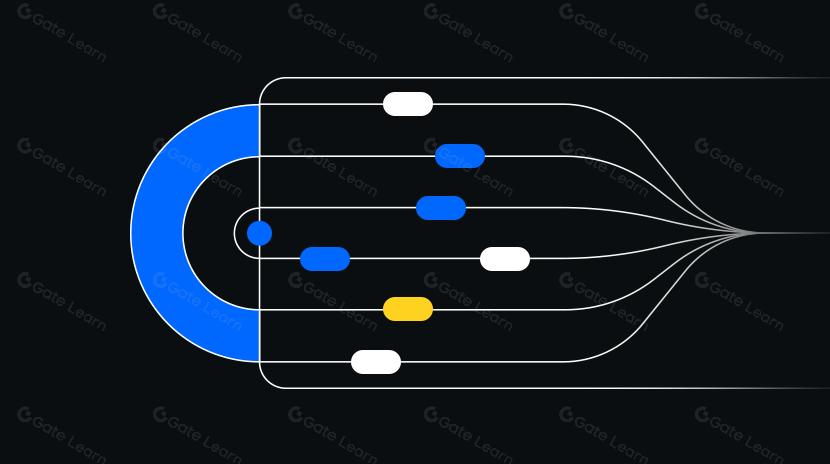do you buy coins on a dapp

Decentralized Applications (DApps) represent the fusion of blockchain technology with everyday applications, providing users with financial services and transaction capabilities without the involvement of intermediary institutions. DApps are typically built on smart contract platforms like Ethereum, offering direct purchasing, swapping, and management of cryptocurrencies, which stands in stark contrast to traditional centralized exchanges.
Work Mechanism: How does buying coins on a DApp work?
Purchasing tokens on a DApp primarily works through decentralized exchange (DEX) protocols that are directly embedded within the DApp's interface. When a user executes a token purchase on a DApp, the following process is triggered:
- Wallet connection: Users first need to connect a Web3 wallet like MetaMask or Trust Wallet to the DApp.
- Trading pair selection: Users select the token they want to purchase and the token they'll use to pay (e.g., using ETH to buy DAI).
- Smart contract interaction: When the user confirms the transaction, the DApp calls the underlying DEX protocol's smart contracts.
- Automated market maker mechanism: Many DEXs use automated market maker (AMM) models, such as Uniswap's constant product formula, to determine prices based on token ratios in liquidity pools.
- Gas fee payment: Users must pay network gas fees to execute the transaction, which varies depending on network congestion.
- On-chain confirmation: The transaction is submitted to the blockchain network and token transfer is completed after validation.
What are the main features of buying coins on a DApp?
-
Decentralization advantages:
- No KYC verification required, protecting user privacy
- No need to trust central authorities, reducing single points of failure risk
- Global accessibility without geographical restrictions
-
Technical characteristics:
- Smart contracts execute automatically, reducing manual intervention
- Direct settlement on blockchain, providing transaction transparency
- Open-source code allowing community audit and verification
-
Use cases:
- Purchasing newly issued tokens or low market cap tokens
- Participating in liquidity mining and yield farming
- Trading in markets not supported by centralized exchanges
-
Potential risks:
- Smart contract vulnerabilities may lead to fund losses
- Price slippage is more pronounced in low-liquidity markets
- User interface complexity higher than centralized platforms
- Transaction confirmation times can be lengthy
Future Outlook: What's next for buying coins on DApps?
As blockchain technology continues to evolve, the experience and functionality of buying tokens on DApps are rapidly advancing. Layer 2 scaling solutions like Optimism and Arbitrum are significantly reducing transaction costs and increasing processing speeds. Cross-chain bridging technologies are enabling DApps on different blockchains to achieve asset interoperability, expanding the range of tradable assets.
In terms of user experience, DApp interface designs are becoming increasingly simplified, lowering the entry barriers for new users. More traditional financial functions such as limit orders and leverage trading are being introduced to the DApp ecosystem, making the decentralized trading experience more comprehensive.
The gradual clarification of the regulatory environment will provide a clearer compliance framework for DApp development while maintaining their decentralized nature. As institutional investors gradually enter the space, liquidity on DApps is expected to increase significantly, further improving trading efficiency and price stability.
The token purchasing functionality of DApps represents a shift in the cryptocurrency ecosystem toward a more seamless, autonomous, and trustless model, democratizing finance while providing possibilities for innovation in traditional financial systems. Continued improvements in technology and user experience will be key factors determining their mainstream adoption.
Share
Related Articles

In-depth Explanation of Yala: Building a Modular DeFi Yield Aggregator with $YU Stablecoin as a Medium

Exploring 8 Major DEX Aggregators: Engines Driving Efficiency and Liquidity in the Crypto Market
